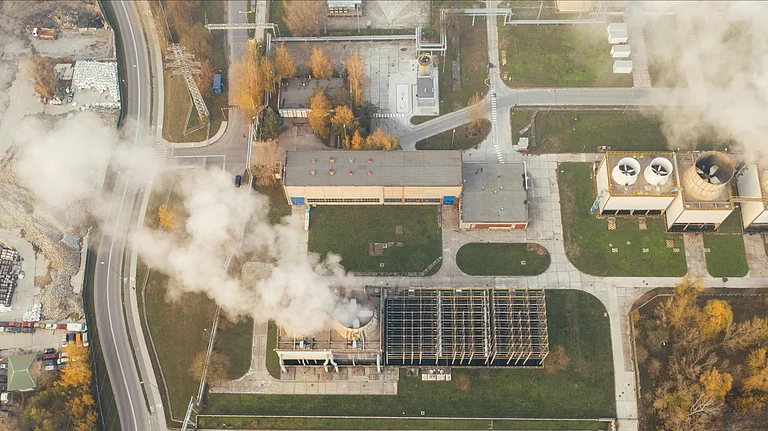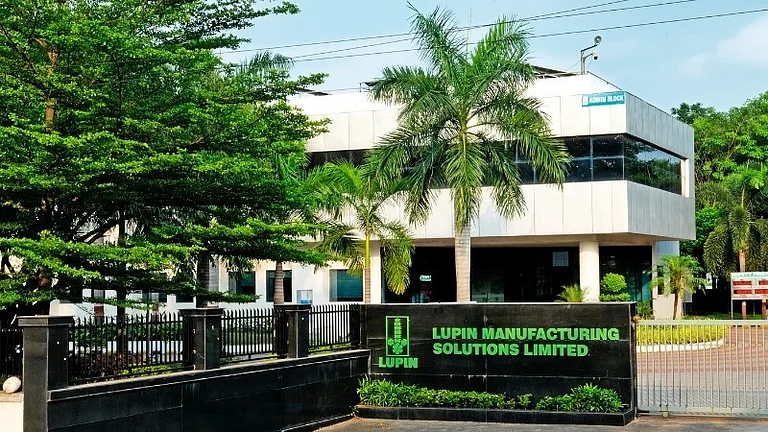In more ways than one, India has focussed on sustainability agenda in a big way. In the recent years, several steps have been taken to drive various sectors towards sustainability and net zero goals. The transport sector, which had been traditionally based on petroleum products, has been acknowledged worldwide to be one of the biggest contributors to carbon emissions. Motorized transport on land, sea, and airways depends heavily on ICE engines. With a huge population dependent on transport sector, a fundamental shift to cleaner and greener mobility alternatives is a massive challenge. In making the shift, electric mobility has come to fore in a big way.
India has given a major push to electric mobility across automobile segments, and has set an ambitious ‘EV30@30’ target, which essentially means ensuring 30 per cent new vehicle sales to electric. The Government on its part has been proactive in shifting towards renewable energy sources to generate electricity to make the EV shift truly sustainable. On the other hand, to drive adoption, various measures are being taken to build public EV charging infrastructure, while private enterprises are investing in R&D to develop faster charging capabilities and power efficient battery packs and alternate chemistry cells. The host of measures to address various challenges faced by electric mobility is leading to higher adoption of EVs in India. However, the biggest challenge by far faced by the EV sector is related to disrupted supply chain for EV manufacturing.
The current domestic supply chain has a long way to go before it becomes desirable, and for the most crucial parts, the EV battery and motors, the industry remains import dependent. Multiple factors limit domestic manufacturing; alternatively, these factors also provide massive opportunity to EV industry.
Supply Chain Conundrum
The Indian EV supply chain is a puzzle of many small suppliers contributing various parts and components. This fragmentation, while fostering diversity, can pose significant challenges. For EV manufacturers, it means grappling with intricate supply chain management and quality control issues. The importance of a cohesive, integrated supply chain in maintaining a competitive edge cannot be overstated. Tackling this hurdle necessitates substantial investment in infrastructure and the implementation of training programs to nurture the expertise required for efficient EV component manufacturing.
The burgeoning EV industry in India faces a substantial challenge concerning the availability of essential components and raw materials. The majority of lithium-ion batteries utilised in EVs rely on lithium, cobalt, and nickel, among other critical materials. However, a limited domestic production capacity for these materials hinders the seamless growth of the EV supply chain. While the discovery of lithium ore in J&K is a huge boost to the sector, developing mining and sourcing capabilities will still take some time. It is imperative for the Government to rapidly develop the capabilities.
Both industry and government stakeholders need to take strategic actions. Industry players should forge partnerships with global suppliers to secure a steady stream of raw materials. Concurrently, they should prioritize investment in recycling facilities to recover and reuse materials from decommissioned batteries.
Solutions For the Future
The government can play a pivotal role by providing incentives for the development of a robust domestic supply chain for critical raw materials. It can actively encourage local mining and exploration activities. Furthermore, promoting research and development in battery technology that relies less on these scarce materials can be a long-term solution.
The cost of manufacturing EVs remains comparatively high, primarily due to the expensive batteries. The industry has to take the first charge in investing in R&D and finding innovations that can reduce cost of batteries and motors. It is also crucial for the government to introduce financial incentives and subsidies for both manufacturers and consumers. These incentives can help lower the purchase cost of EVs and promote their adoption. Furthermore, the industry should focus on achieving economies of scale by ramping up production. As the scale of production increases, the per-unit cost of EVs, especially batteries, is likely to decrease.
The EV segment has sprung up a series of new players in the automotive sector. It is of critical importance therefore that the after-sales maintenance and service are of similar quality as those used by OEMs. This will go a long way in further improving customer satisfaction and brand development.
While ICE vehicles will be around, EV is the future, which can be realized quicker than anticipated if its supply chain challenges are addressed. Collective effort from all stakeholders is a pre-condition to make it a reality. In addressing the challenges faced by EV domestic supply chain, there’s tremendous opportunity to engage a huge population in employment and create a multi-million-dollar revenue generating segment.
(Author is Founder and MD at Okinawa Autotech. Views expressed here are personal)

























